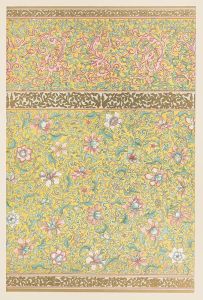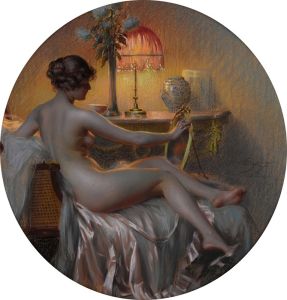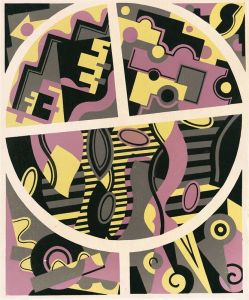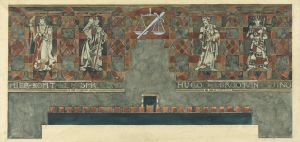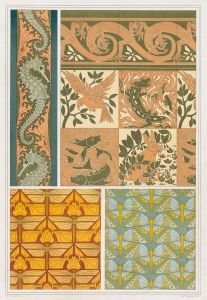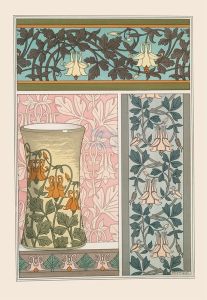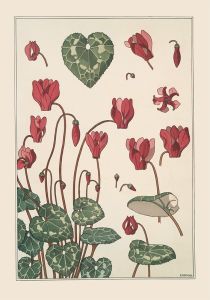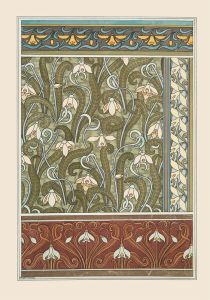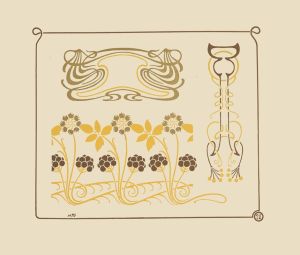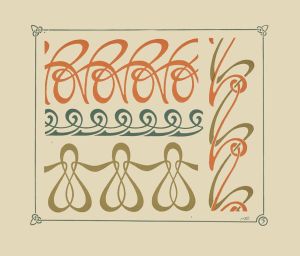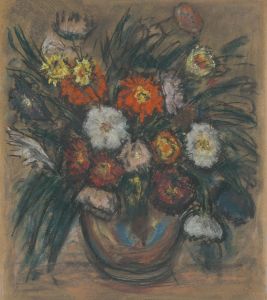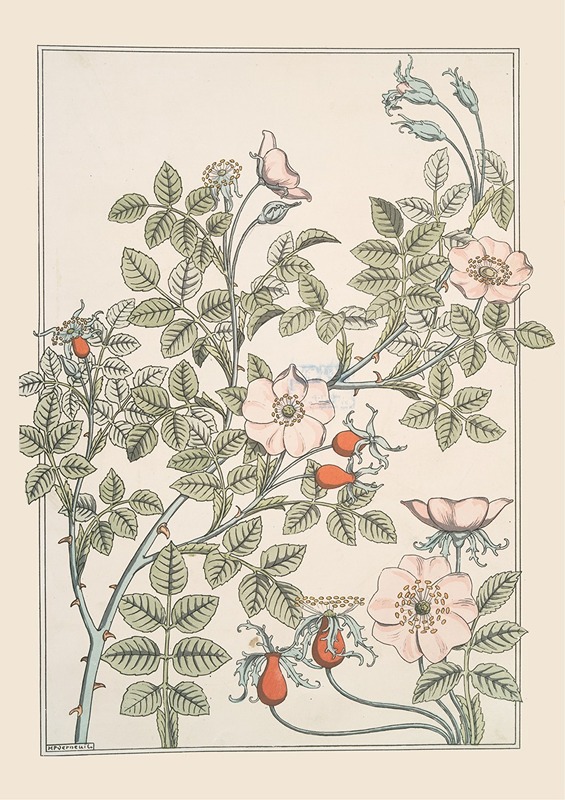
Eglantier
A hand-painted replica of Maurice Pillard Verneuil’s masterpiece Eglantier, meticulously crafted by professional artists to capture the true essence of the original. Each piece is created with museum-quality canvas and rare mineral pigments, carefully painted by experienced artists with delicate brushstrokes and rich, layered colors to perfectly recreate the texture of the original artwork. Unlike machine-printed reproductions, this hand-painted version brings the painting to life, infused with the artist’s emotions and skill in every stroke. Whether for personal collection or home decoration, it instantly elevates the artistic atmosphere of any space.
Maurice Pillard Verneuil was a prominent French artist and designer known for his contributions to the Art Nouveau movement. Born in 1869, Verneuil was celebrated for his innovative use of color and form, often drawing inspiration from nature, which was a hallmark of the Art Nouveau style. His works spanned various mediums, including graphic design, illustration, and interior decoration.
One of Verneuil's notable works is "Eglantier," which exemplifies his mastery in capturing the essence of natural forms through artistic expression. The title "Eglantier" refers to the wild rose, a plant known for its delicate beauty and intricate structure. This subject matter aligns with the Art Nouveau movement's fascination with organic forms and the natural world.
"Eglantier" showcases Verneuil's skill in translating the elegance of the wild rose into a visual composition that emphasizes both the aesthetic and structural elements of the plant. The artwork likely features the sinuous lines and flowing curves characteristic of Art Nouveau, reflecting the movement's emphasis on harmony and fluidity. Verneuil's use of color would have been carefully considered to highlight the natural beauty of the eglantine, with attention to the subtle variations in hue that occur in nature.
Verneuil's approach to design was heavily influenced by his interest in Japanese art and the principles of Japonisme, which became popular in Europe in the late 19th and early 20th centuries. This influence is often evident in his works through the use of flat planes of color, asymmetrical compositions, and an emphasis on decorative patterns. In "Eglantier," these elements may be present, contributing to the overall aesthetic appeal of the piece.
Throughout his career, Verneuil published several influential books and portfolios that disseminated his design philosophy and artistic techniques. These publications often included plates of his work, serving as inspiration for other artists and designers of the time. His contributions to the field of decorative arts were significant, as he helped to popularize the Art Nouveau style and its application in various forms of artistic expression.
While specific details about the creation and exhibition history of "Eglantier" are not extensively documented, the work remains an important example of Verneuil's artistic legacy. It reflects his ability to merge artistic innovation with a deep appreciation for the natural world, a combination that resonated with the cultural and artistic trends of his time.
Maurice Pillard Verneuil's work, including "Eglantier," continues to be studied and admired for its contribution to the Art Nouveau movement and its enduring influence on the fields of art and design. His legacy is preserved through the continued appreciation of his ability to capture the beauty of nature in a way that is both timeless and reflective of the artistic currents of his era.







